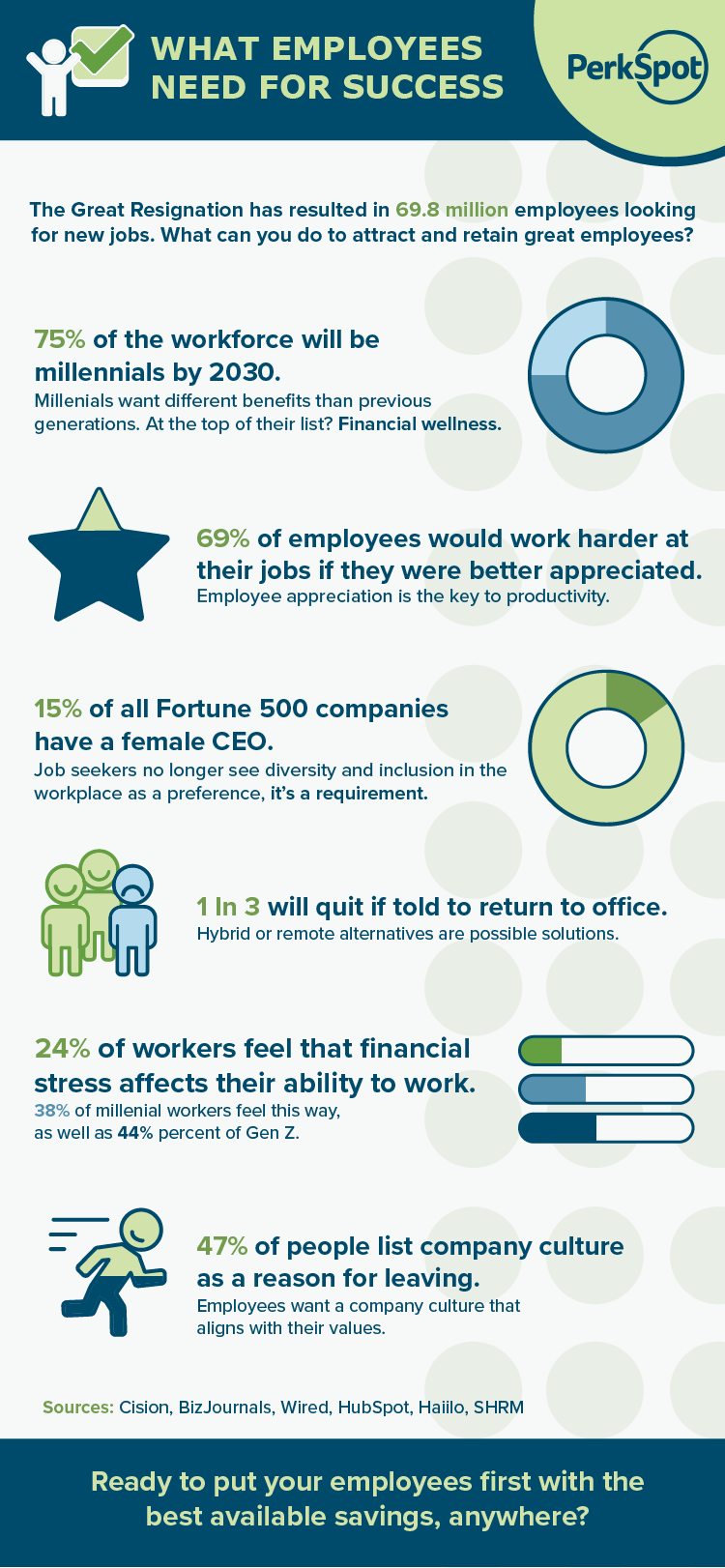The Benefits of an Employee Discount Program

When it comes to benefits and perks, it can be difficult to find solutions that employees not only engage with but also find value in. With financial stresses high due to inflation and other economic factors, it is an especially crucial time to offer a perk that stretches your employees’ paycheck. An employee discount program could be the benefit you’ve been searching for, with exclusive discounts for your teammates on the things that matter most. We’ve laid out a few reasons why you should join the thousands of employers taking advantage of steep discounts.
What is an Employee Discount Program?
An employee discount program is a marketplace of exclusive discounts, negotiated by a team of experts, from top brands and local businesses. Employees can access their discounts through their Discount Portal and browse deals, search by brand or category, discover curated and personalized discounts relevant to their interests, and enjoy savings on a variety of products and services.
No Impact on Your Budget
Employee discount programs are often an affordable way to provide financial benefit to your team. Not only that, but it’s much more than exclusive access. With PerkSpot, you’ll get an easy-to-use portal, optimized for all devices, that ties in with your company’s unique branding, creating a one-stop shop for employees’ perks and discounts. The best part? It’s free. What’s the catch? There isn’t one. It’s a no cost solution to help stretch your employees paycheck.
Easy to Maintain
One of the best parts about an employee discount program is the low maintenance. The portal is managed for you and discounts are regularly updated. Leslie Sells, Benefits Analyst at Humana, shared, “It’s always been easy. This is one of the programs that almost runs itself. It’s not one I have to spend a whole lot of time on.” With a dedicated Client Success Manager, we are here to create a communication plan that builds program awareness and helps employees maximize their valuable benefit.
Exclusive Savings
Another great benefit of an employee discount program is the exclusive access to meaningful savings. With PerkSpot, employees save from 25+ categories including electronics, travel, home goods, cars, health, and so much more. In addition, savings with PerkSpot are personalized. In comparison to other discounts available, these savings are tailored and relevant. It not only saves time for your employees, but also provides discounts your employees may not be aware of. Another great benefit of PerkSpot is the access to Premium Perks. Premium Perks are verified to be the best available discounts on the market by your PerkSpot team.
Exceptional Employee Retention and Engagement
It’s estimated that turnover costs employers over $1 trillion annually. So, how do you minimize these costs and setbacks? It all starts with the employee experience. With PerkSpot, you can lend your employees a hand with their financial wellness by offering exclusive discounts on tax services, loans, mortgages, and more. Not only that, but we’ve built our platform to encourage engagement by allowing employees to save when and where it matters to them by showing the most relevant and meaningful offers.
With a multitude of benefits and perks to choose from, offer a solution that is affordable, easy to maintain, exclusive, and engaging. Not only that, but it’s valuable for your employees. With a potential of $6k in savings, you’re not only offering impactful discounts but you’re providing a financial wellness benefit. Ready to start the savings journey for your teammates? Sign up for a demo today!













